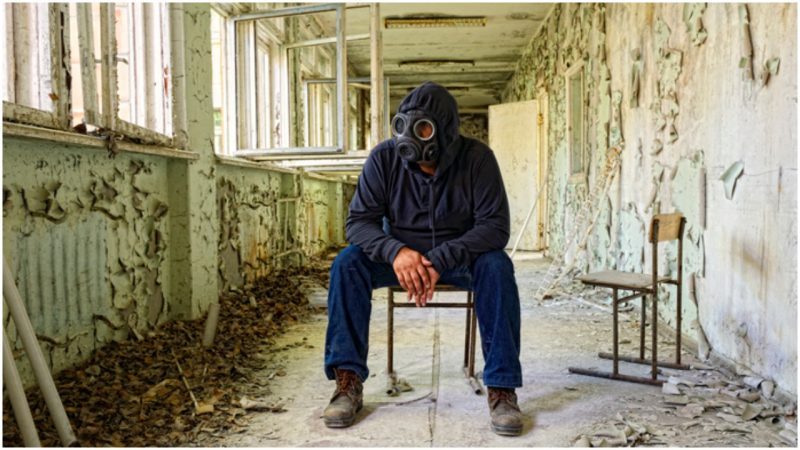True heroes are men and women who go about their jobs with little fanfare and even less personal reward, even though those jobs may cost them their lives.
Fire fighters, police officers, and others in similar professions who put their lives on the line each and every day deserve to be saluted as heroes; even if they are never personally in jeopardy, they make a promise to lay down their lives if the circumstances arise.
They protect society — that is the fundamental promise each one makes when they take on the mantle of public servant.
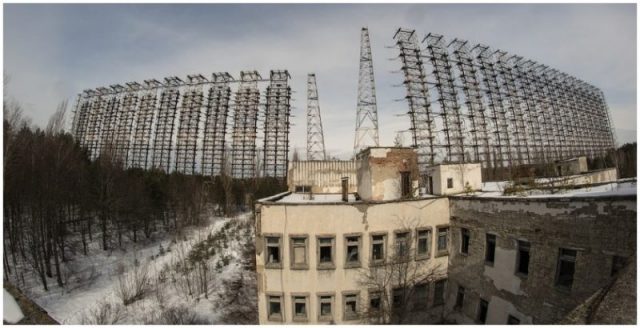
There is no better, or unusual, example of everyday heroes than the men who waded into the unknown blackness of a basement in Chernobyl after the accident that is considered the worst nuclear disaster in history, in April 1986. The three men are known collectively as the “suicide squad” because they thought first of national safety and put their own lives at risk to stop the disaster from worsening.
Without their actions, Chernobyl would have been an even worse event, spreading radiation poisoning across most of Europe and making an enormous area virtually unlivable.
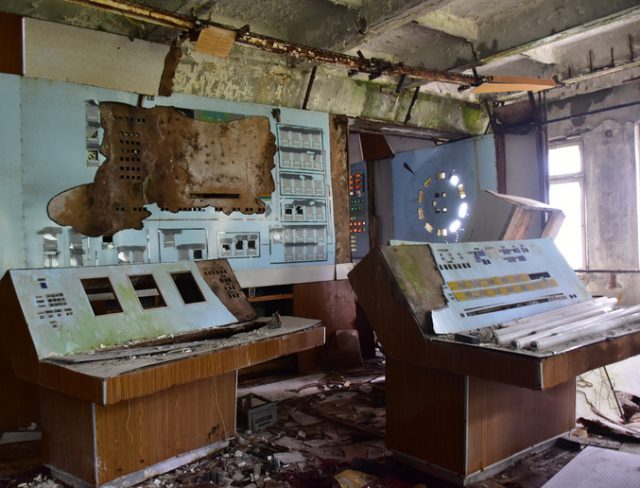
When one of the nuclear reactors exploded, a combination of human failings and design problems was blamed. But thanks to the actions of three volunteers, a terrible situation was prevented from becoming completely untenable.
A pool of water sat beneath a second reactor, and the flow of molten, radioactive metal was rapidly approaching it. If the two made contact, an explosion would ensue that would have led to mass evacuations and radiation sickness; some suggest it may have wiped out half of Europe.
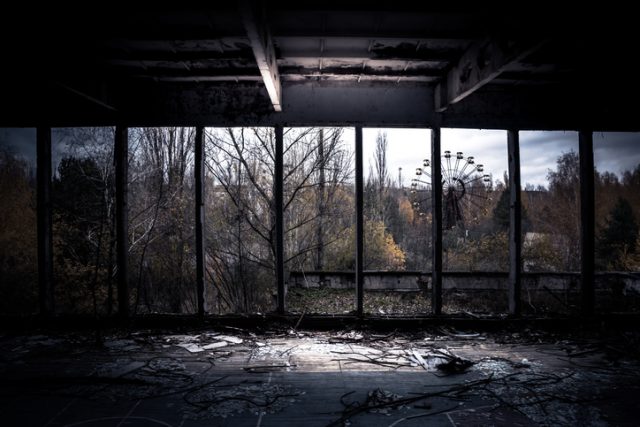
Andrew Leatherbarrow is the author of 1:23:40: The Incredible True Story of the Chernobyl Nuclear Disaster. In late April, he told Business Insider that, “if that had happened (contact) it would have triggered a second steam explosion that would have done unimaginable damage and destroyed the entire power station, including the three other nuclear reactors.” To stop that from happening, workers had to drain the water that was sitting beneath the reactor.
But the basement had flooded, and accessing the pipes and taps was difficult and dangerous.
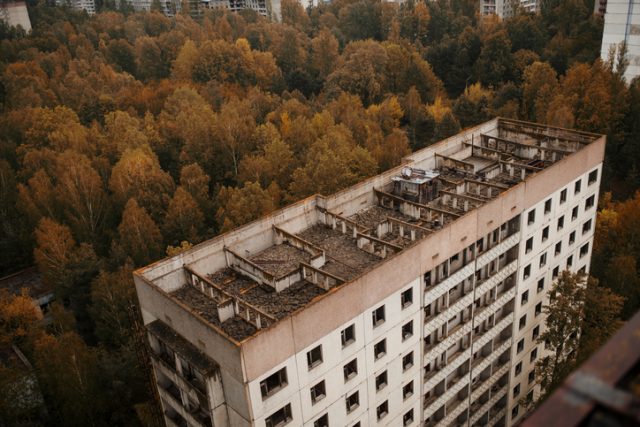
Enter the “suicide squad,” as popular lore has nicknamed the men who bravely stepped forward to accept the risk. They were told that, should anything happen to them, the state would look after their families as a symbol of gratitude.
Although the story of what they did has taken on almost mythic proportions, they did indeed act selflessly and in an extraordinary way that would give the average individual pause.
https://youtu.be/eTbuOAbWy5A
Because the basement was highly radioactive, the men donned wetsuits, and, according to urban legend, all three died shortly thereafter of Acute Radiation Syndrome (ARS). The truth is somewhat less dramatic, Leatherbarrow explained. None of the men died of ARS, and, in fact, one continued working in the industry.
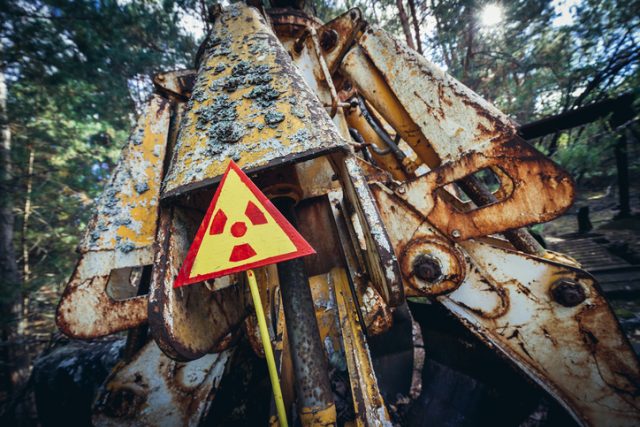
Firefighters had drained some of the water from beneath the reactor and so, while it was knee-deep, at least the men were able to navigate the hallway. One of them, engineer Alexei Ananenko, told Leatherbarrow that they used a flashlight to find their way to the shut off valves. “When the search light fell on a pipe, we were joyous,” he explained, “because the pipe led to the valves.”
In the book, which Leatherbarrow spent five years researching and writing, he acknowledges that “the basement entry, while dangerous, wasn’t quite as dramatic as modern myth would have you believe.” But, he insists, in no way does that diminish the heroic actions of the men. “They still went down into a pitch black, damaged basement beneath a molten reactor core that was slowly burning its way down to them.”
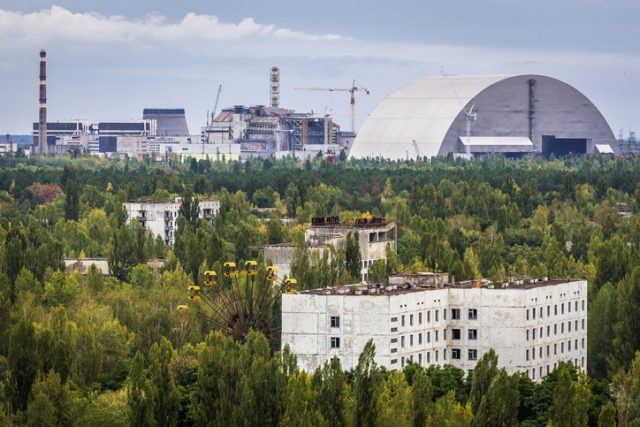
Alexei Ananenko, Valeri Bezpalov, and Boris Baranov volunteered for a task that could very well have meant the end of their lives. Without their courageous act, millions more would have died because of Chernobyl, not just in the immediate vicinity, but throughout Europe.
Read another story from us: The People who Live in Chernobyl’s Radioactive Disaster Zone
These three “everyday heroes,” just doing their job, are hardly “everyday.” They acted without thought of their own welfare, and for no personal gain. True heroes, indeed.
